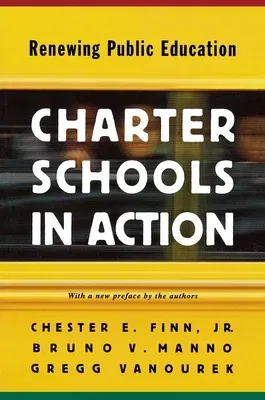Can charter schools save public education? This radical question has
unleashed a flood of opinions from Americans struggling with the
contentious challenges of education reform. There has been plenty of
heat over charter schools and their implications, but, until now, not
much light. This important new book supplies plenty of illumination.
Charter schools--independently operated public schools of choice--have
existed in the United States only since 1992, yet there are already over
1,500 of them. How are they doing? Here prominent education analysts
Chester Finn, Bruno Manno, and Gregg Vanourek offer the richest data
available on the successes and failures of this exciting but
controversial approach to education reform. After studying one hundred
schools, interviewing hundreds of participants, surveying thousands
more, and analyzing the most current data, they have compiled today's
most authoritative, comprehensive explanation and appraisal of the
charter phenomenon. Fact-filled, clear-eyed, and hard-hitting, this is
the book for anyone concerned about public education and interested in
the role of charter schools in its renewal.
Can charter schools boost student achievement, drive educational
innovation, and develop a new model of accountability for public
schools? Where did the idea of charter schools come from? What would the
future hold if this phenomenon spreads? These are some of the questions
that this book answers. It addresses pupil performance, enrollment
patterns, school start-up problems, charges of inequity, and smoldering
political battles. It features close-up looks at five real--and very
different--charter schools and two school districts that have been
deeply affected by the charter movement, including their setbacks and
triumphs. After outlining a new model of education accountability and
describing how charter schools often lead to community renewal, the
authors take the reader on an imaginary tour of a charter-based school
system.
Charter schools are the most vibrant force in education today. This book
suggests that their legacy will consist not only of helping millions of
families obtain a better education for their children but also in
renewing American public education itself.

